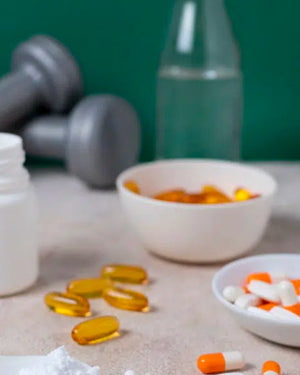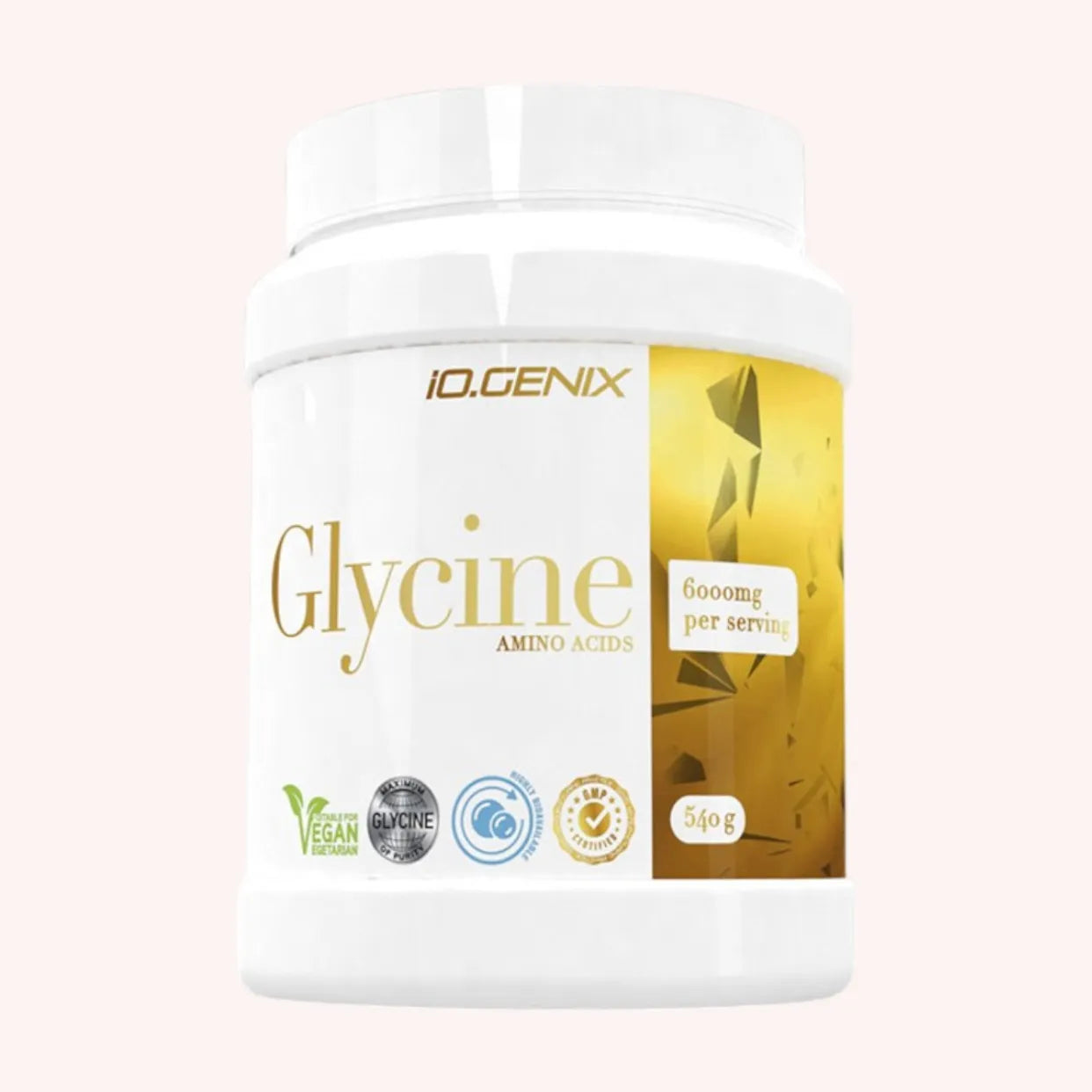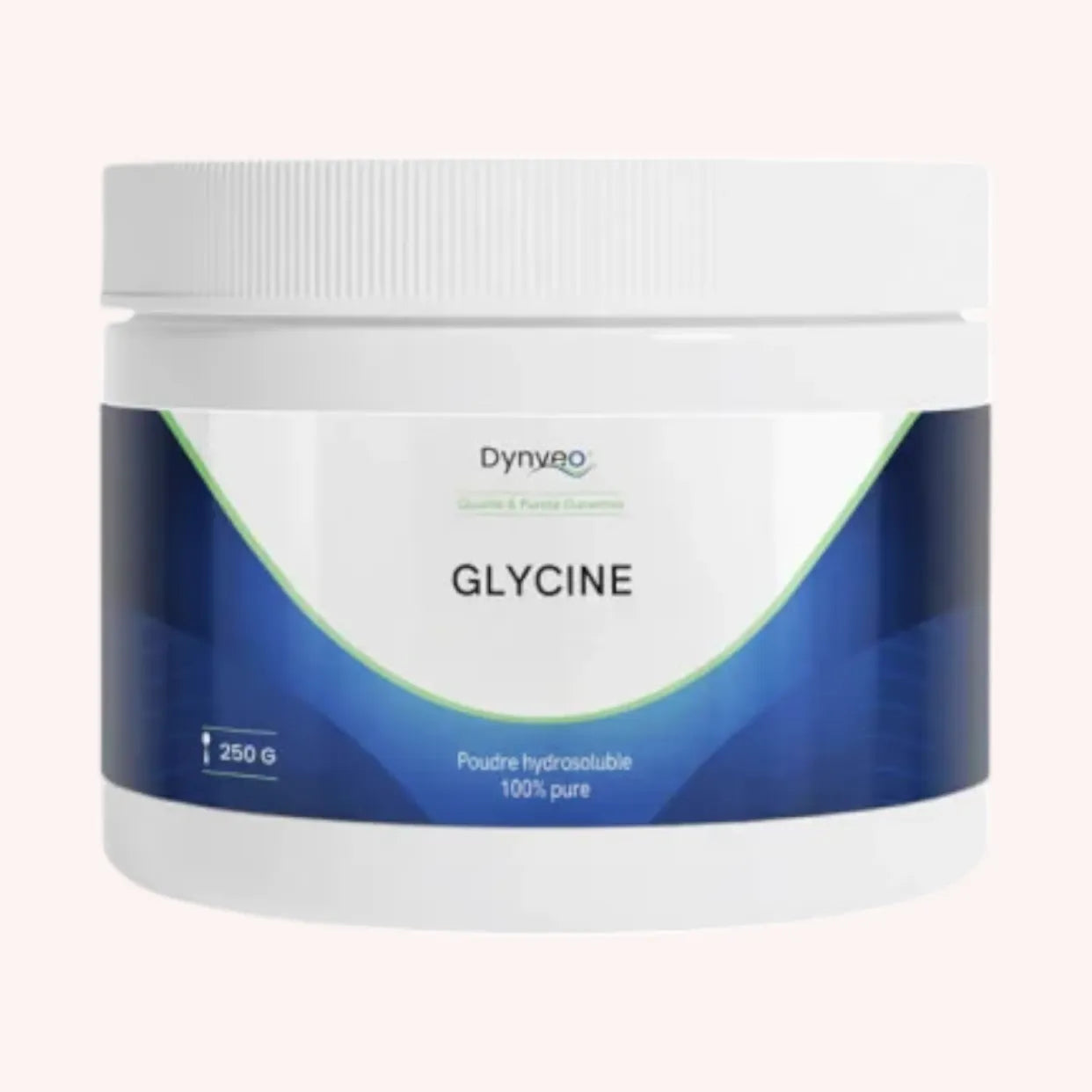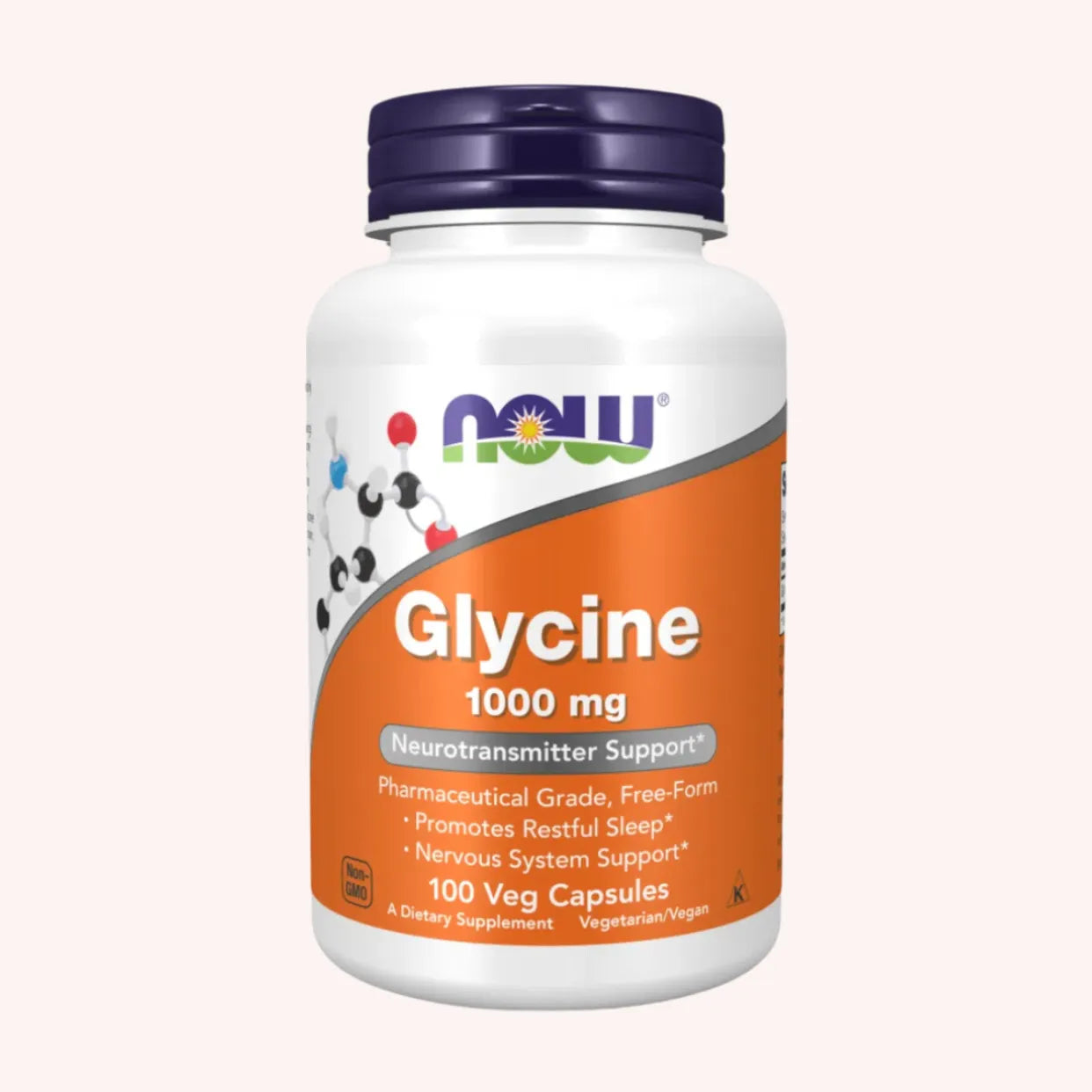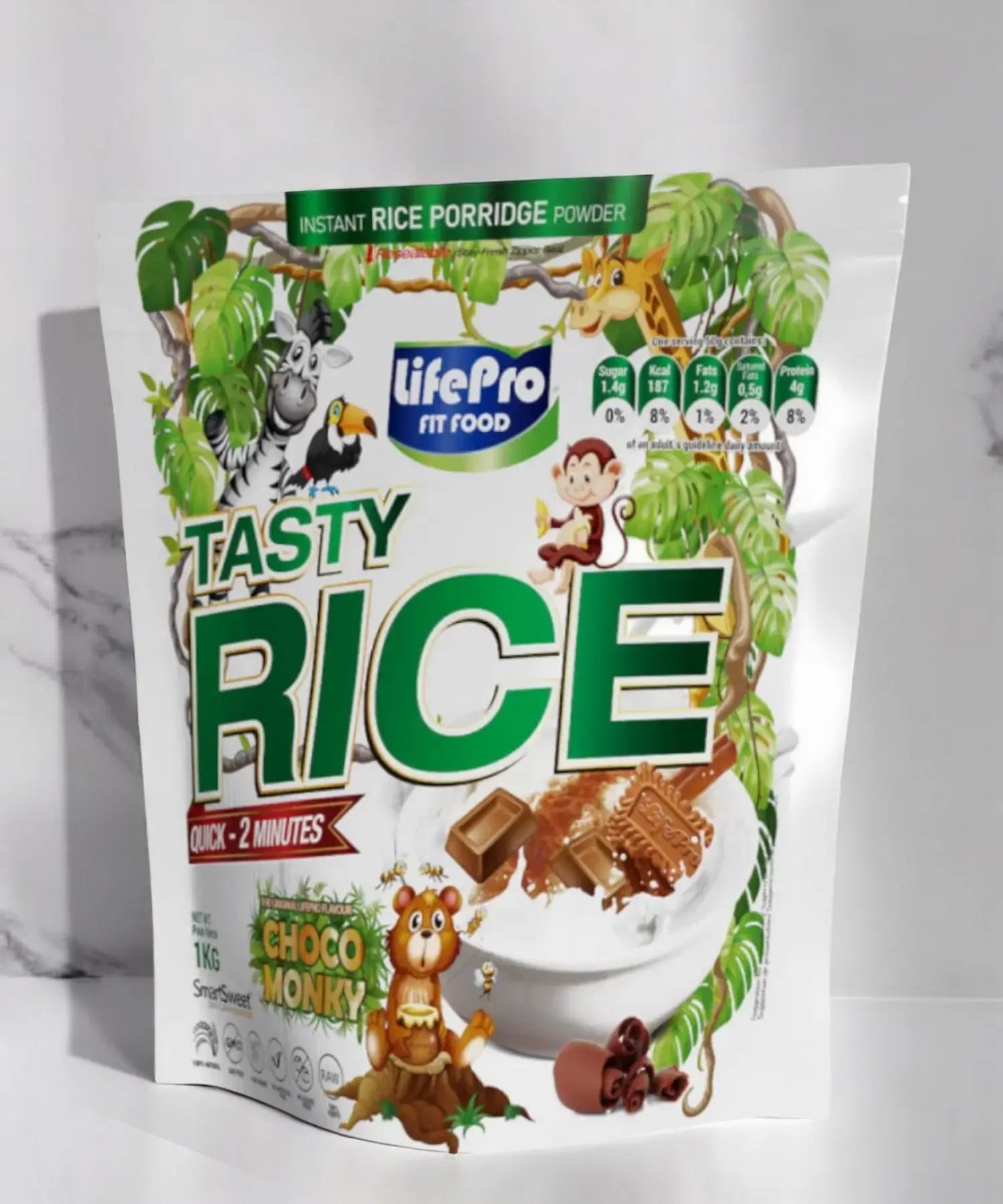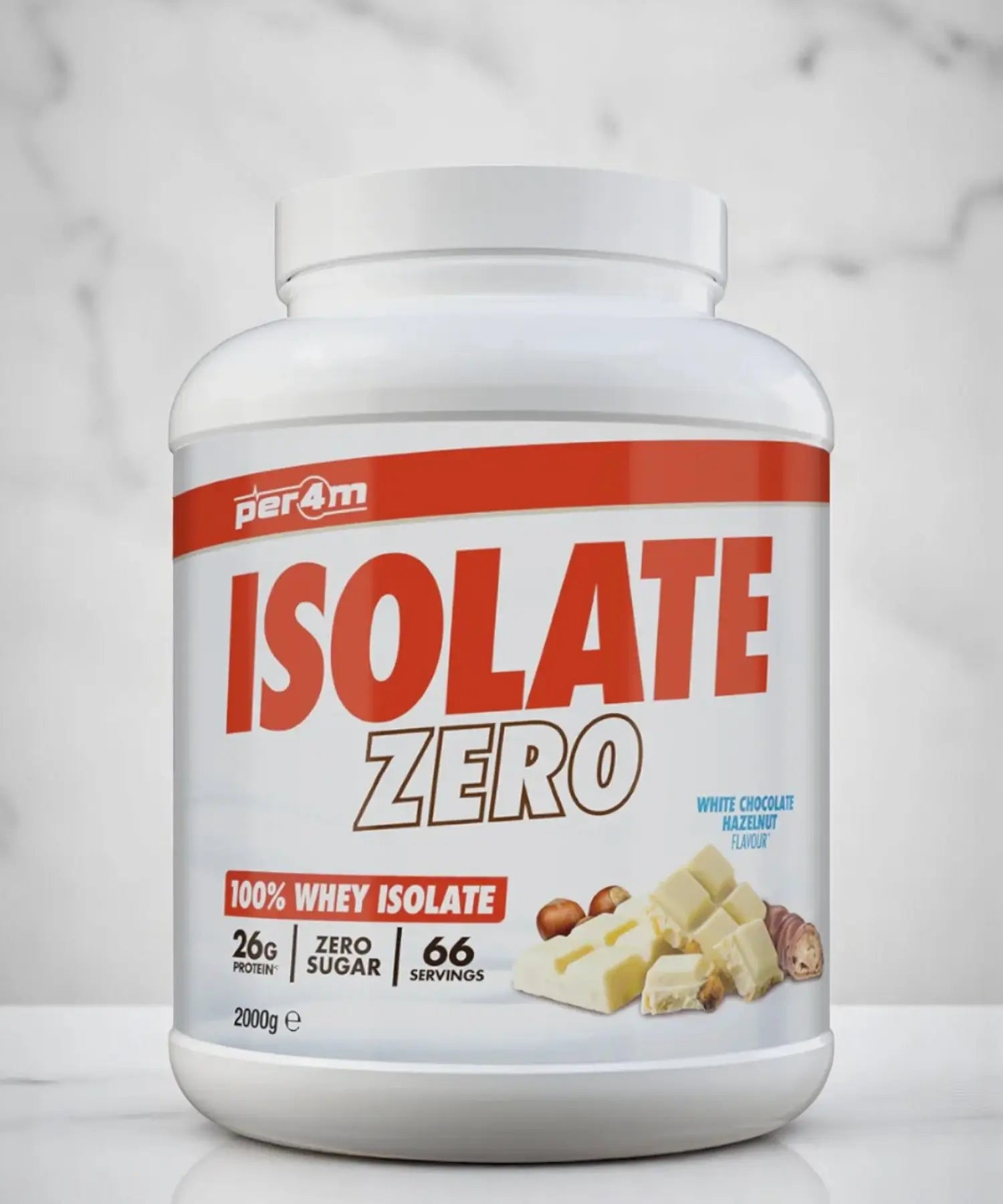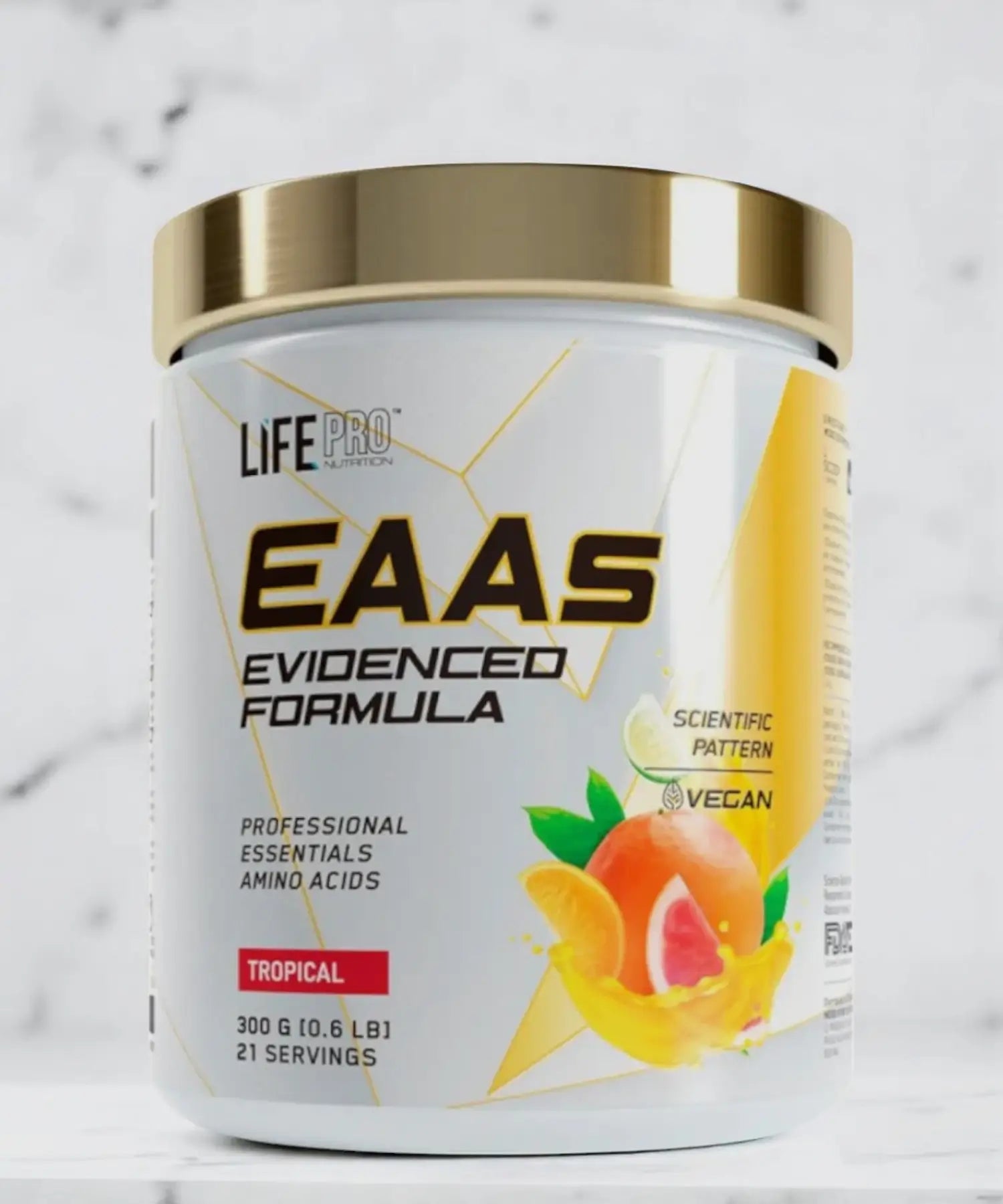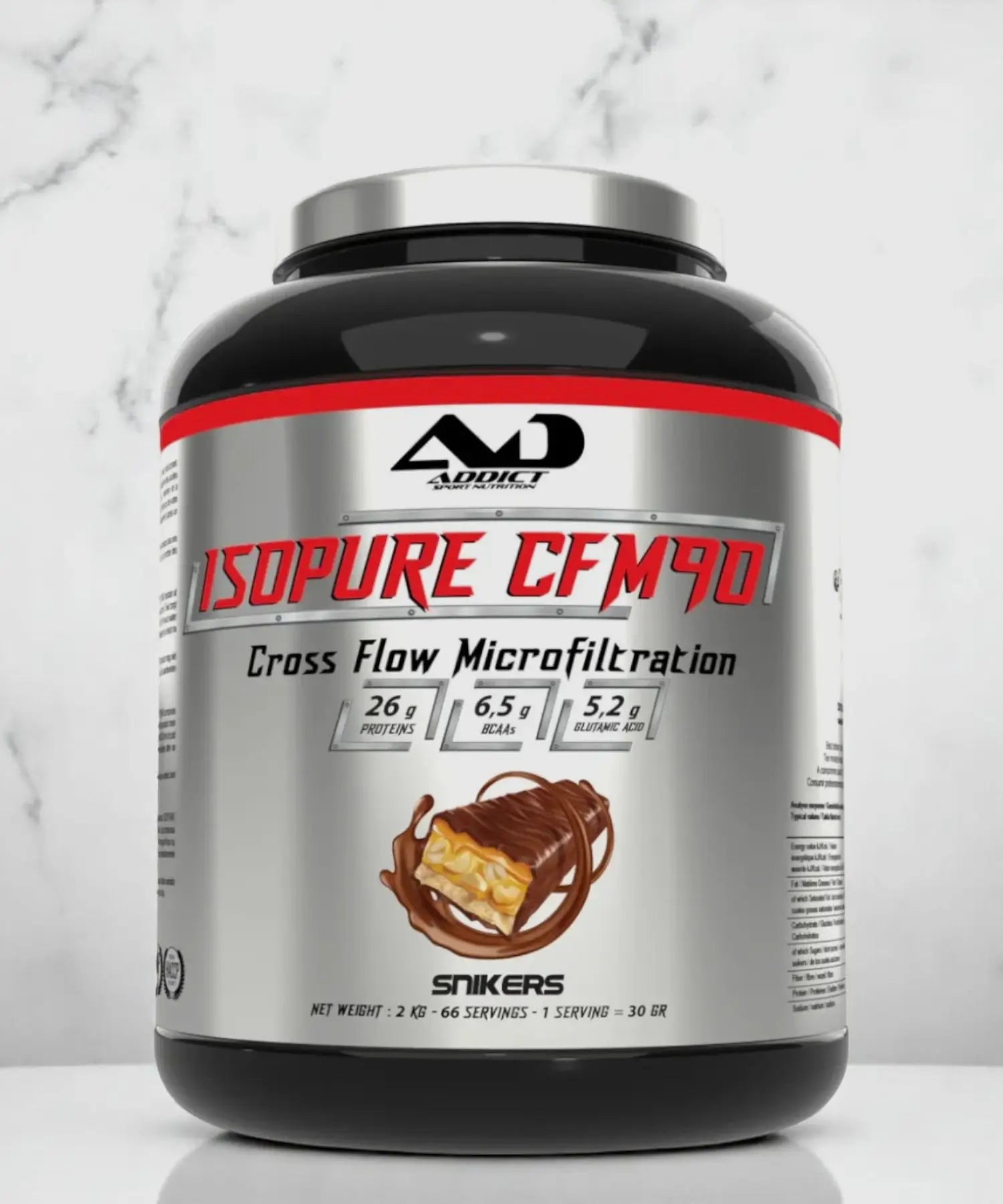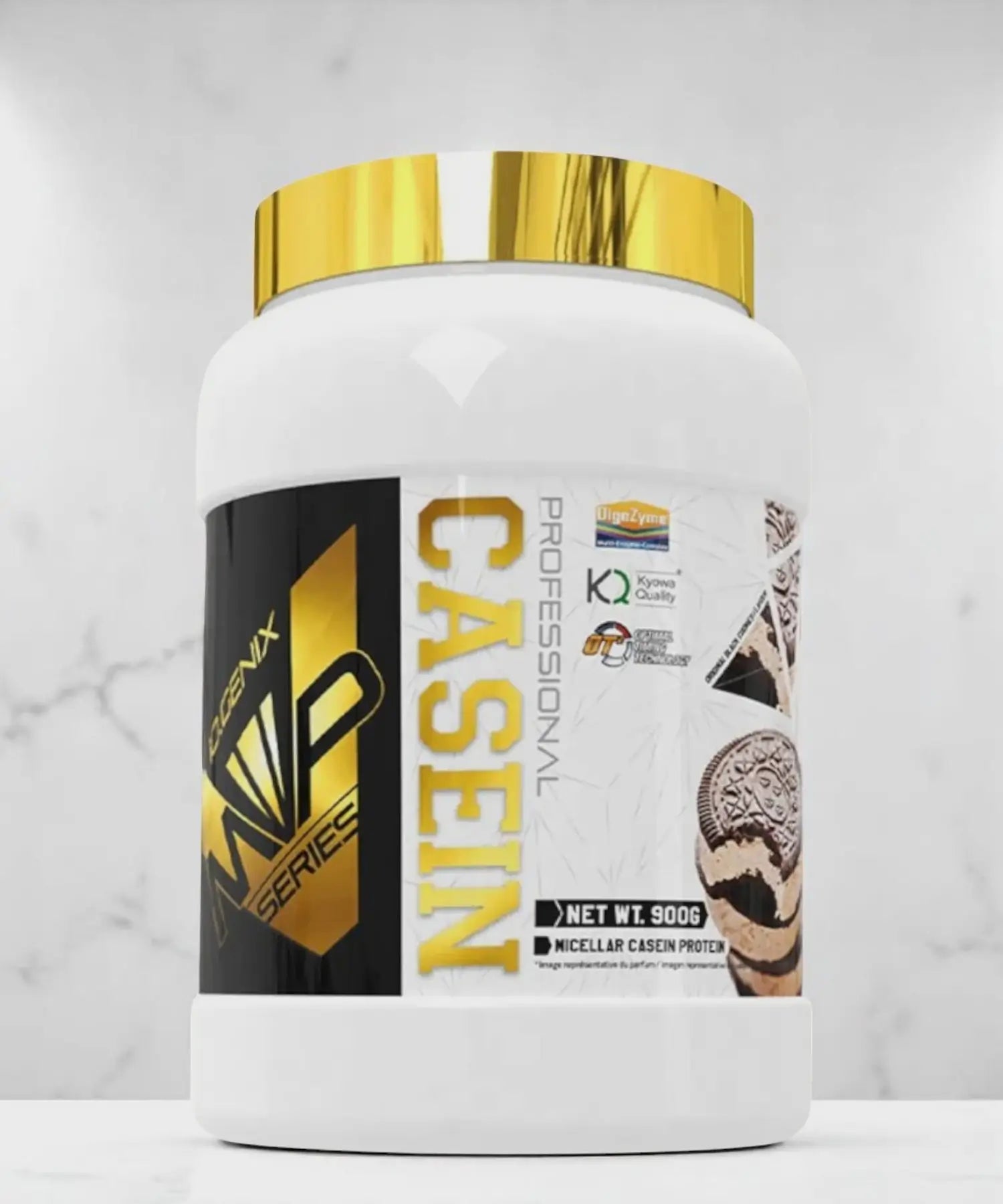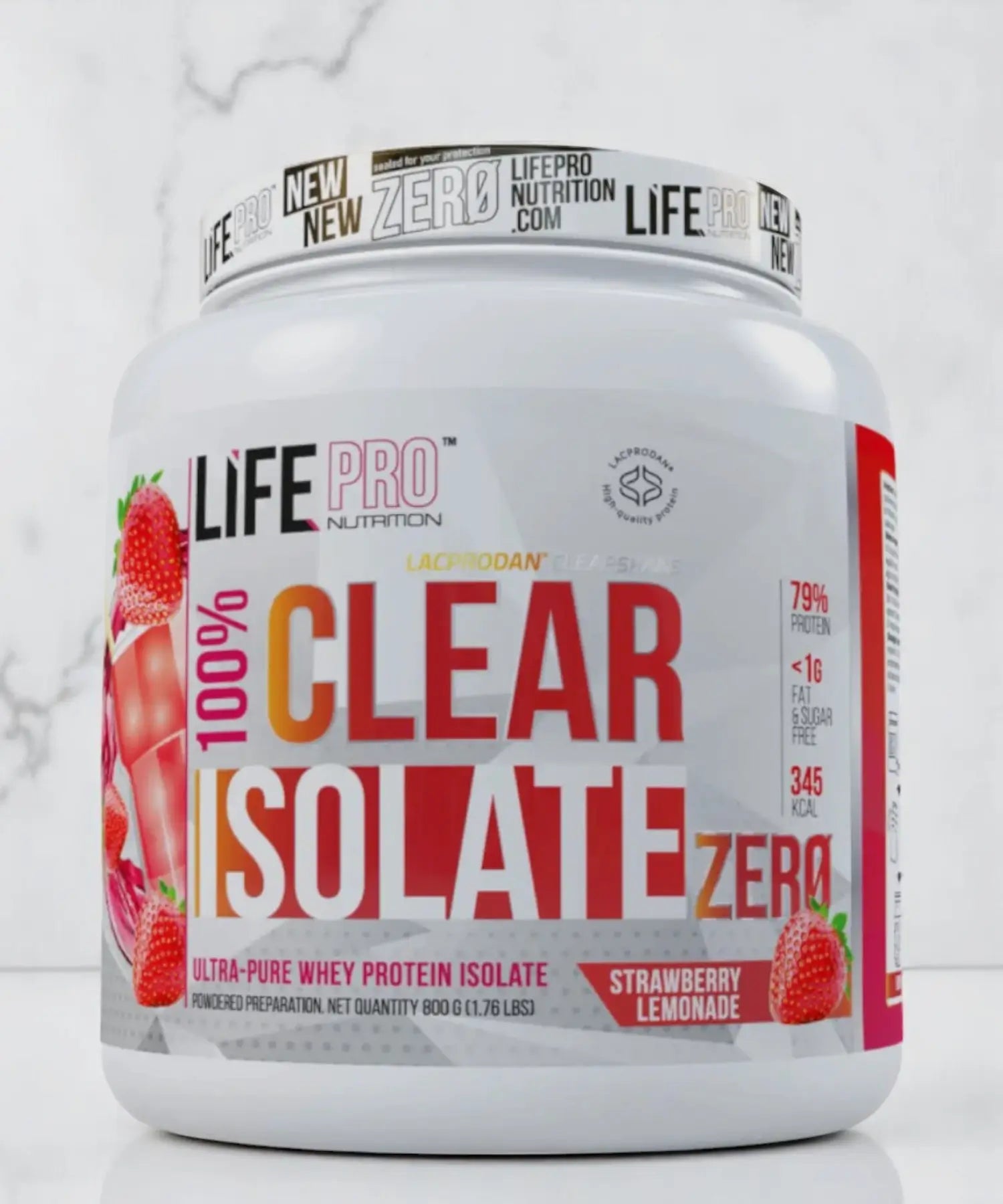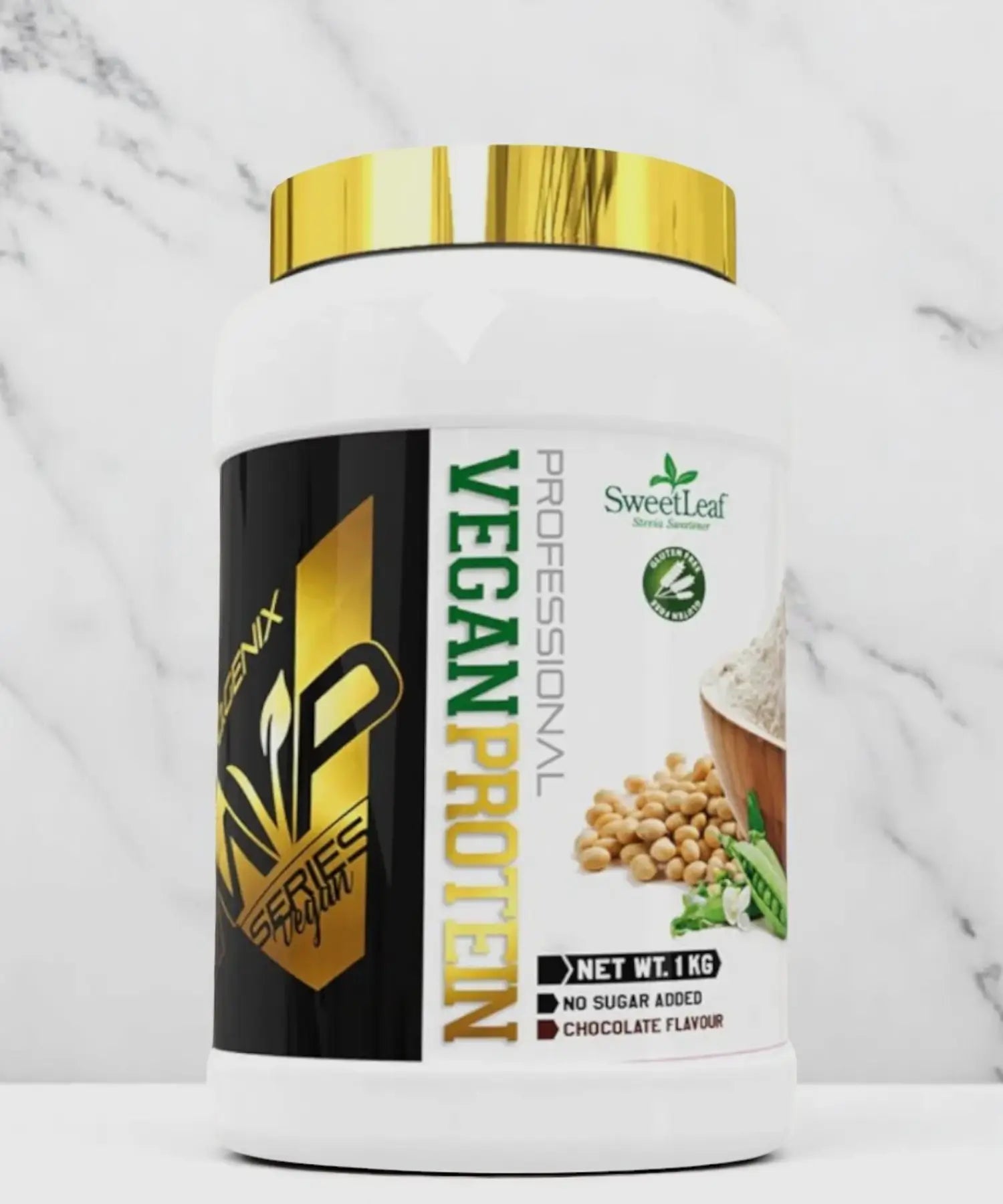3 products
Glycine, a non-essential but important amino acid for the body, is attracting growing interest in the field of dietary supplements. Used for its many properties, it comes in various forms: powder, capsules, or in combination with other nutrients.
We'll explore glycine's mechanisms of action and provide a guide to choosing the right supplement for your needs.
What is glycine?
Glycine is a non-essential amino acid, meaning the human body can produce it itself without relying exclusively on food. It is synthesized naturally from other amino acids, such as serine or threonine. However, it can also be obtained from food, particularly through animal proteins. It is found in significant amounts in sources such as gelatin, organ meats, and bone broth.
Glycine is present in a diffuse manner in the body. It is found in muscles, the spinal cord, certain areas of the hindbrain, as well as in connective tissues such as skin, tendons, ligaments, and cartilage. It is particularly concentrated in collagen , a protein essential to the body.
Collagen is composed mostly of glycine
Glycine is one of the most common amino acids in collagen (3) , a fundamental protein for many body tissues. It alone accounts for about one-third of the total composition of collagen .
Collagen is the most abundant structural protein in the body. It is naturally present in skin , bones , cartilage , tendons , ligaments , joints , and blood vessels .
The different types of collagen
There are several types of collagen in the human body, but the three main ones are:
- Type I: The most common, it is found in the skin, tendons, bones and ligaments.
- Type II: present mainly in cartilage.
- Type III: more elastic, found in the skin, lungs, blood vessels, and certain connective tissues.
Forms of collagen in supplementation
In dietary supplements, collagen is often offered in the form of collagen peptides , also known as hydrolyzed collagen. This process makes it easier for the body to absorb it by breaking down the long collagen chains into smaller, more digestible and bioavailable peptides.
There are also products based on marine collagen , generally extracted from the skin or bones of fish. This form is particularly appreciated for its high bioavailability and its richness in type I collagen.
The benefits of quality collagen
Quality collagen can contribute to:
- Promote skin structure and firmness , helping to fight wrinkles and signs of skin aging .
- Improve the quality of hair and nails .
- Support muscle development , particularly in athletes.
Glycine in Food: Where is it Found Naturally?
Glycine, although naturally synthesized by the body from other amino acids, can also be obtained through food. It is mainly found in foods rich in animal protein, particularly in cuts of meat or fish naturally rich in glycine.
Main food sources of glycine
Certain foods are naturally high in glycine. These are found primarily in protein-rich foods, whether animal or plant-based.
- Animal sources: Glycine is particularly present in turkey meat, certain cuts of pork such as ham hock or bacon, as well as in fish such as cod. Eggs and beef, especially when cooked with whole cuts, are also good sources.
- Plant Sources: On the plant side, spirulina stands out. This microalgae, well known for its nutritional density, is naturally rich in amino acids, including glycine. Sunflower seeds are also a relevant plant-based alternative.
It's important to note that glycine content can vary depending on the source, cooking method, or processing of the food. Overall, animal products, particularly those made from whole meats or fish, remain the richest in glycine.
Dietary intake and physiological needs
Although diet can contribute to adequate glycine intake, it is important to note that in some cases, especially for athletes, the amounts provided by diet alone may be insufficient to meet all physiological needs.
Due to this potential lack of dietary intake , many people choose to turn to glycine supplements , which provide a concentrated and easily absorbed form of this amino acid. These supplements can be particularly useful for easily increasing intake of this amino acid.
How to choose your glycine supplement?
With so many products on the market, it can be difficult to navigate. To make the right choice, it's essential to consider the quality of the ingredients , the form of the supplement , and the dosage that's right for your needs . Here are some guidelines to help you choose the right glycine supplement for you.
Choose pure, well-formulated glycine
When choosing a glycine supplement, look for a simple, pure formula without controversial additives, artificial flavors, colors, or sweeteners. A quality glycine supplement should be clearly labeled and transparent.
Check whether the product is manufactured according to strict quality standards and, if possible, made from reliable raw materials.
Recommended dosage
The optimal dosage of glycine depends on the objectives and profile of each person (level of physical activity, muscle recovery, quality of sleep, etc.). It is generally recommended to start gradually , with a low dose, then adjust according to tolerance and the effects felt .
Current recommendations place the daily dose between 3000 mg and 9000 mg , to be divided into several doses throughout the day (for example, morning, before or after training, and evening). It is essential to follow the manufacturer's instructions or seek the advice of a healthcare professional, particularly in the case of pathologies or ongoing treatment.
Powder or capsules: Which form should you choose?
Glycine is generally available in two main forms : Powder or capsules . Each form has its own advantages:
Glycine powder
- Benefits: Economical format, flexible dosage, rapid assimilation.
- Directions: Can be diluted in a glass of water, smoothie or post-workout drink.
- Ideal for: People who want to adjust their dose to the nearest gram or integrate glycine into their nutritional routine.
Glycine in capsules
- Advantages: Convenient to carry, tasteless, easy to take anywhere.
- Use: Ideal for quick use, at any time of day, without preparation.
- Ideal for: Those who do not like the taste of powdered glycine, or who prefer a quick intake without mixing.
The choice between powder or capsules therefore depends on your lifestyle, your personal preferences and how you wish to integrate this supplement into your daily life.
Precautions and recommendations for use
Although glycine is considered safe for most adults , it is still essential to follow certain precautions before starting supplementation.
- Consult a healthcare professional
Before you start taking glycine as a dietary supplement, we recommend that you consult a healthcare professional , especially if you have a medical history or are undergoing treatment.
Even though glycine is naturally present in the body, it is therefore preferable to adopt a supervised and personalized approach.
When to take glycine?
Glycine can be incorporated into your daily routine at different times, depending on your goals and lifestyle. It can be consumed alone or with meals , depending on your digestive tolerance.
For active people or athletes, taking it after physical exertion is particularly relevant.
Generally speaking, it is recommended to divide the daily dose into two to three doses , spread out over the day (for example, in the morning, after training, then in the evening). This distribution helps to optimize absorption while reducing the risk of digestive discomfort that some people may experience at high doses.
Conclusion :
Glycine, much more than just an amino acid, plays a role in numerous biological functions. Although it is naturally produced by the body and present in certain foods, its dietary intake often remains insufficient to cover increased needs.
It is in this context that glycine-based dietary supplements find their legitimacy. Easy to integrate into daily life, in powder or capsule form, they allow you to increase your intake. However, supplementation must always be part of a responsible approach: it is recommended to seek the advice of a healthcare professional before starting any supplementation.
Sources:
- Aguayo-Cerón, KA, Sánchez-Muñoz, F., Gutierrez-Rojas, RA, et al. (2023). Glycine: The Smallest Anti-Inflammatory Micronutrient. International Journal of Molecular Sciences, 24(14), 11236. DOI: https://www.mdpi.com/1422-0067/24/14/11236
- de Paz-Lugo, P., Lupiáñez, JA, Sicilia, J., & Meléndez-Hevia, E. (2023). Control analysis of collagen synthesis by glycine, proline and lysine in bovine chondrocytes in vitro - Its relevance for medicine and nutrition. Biosystems, 2023, 105004. DOI: https://www.sciencedirect.com/science/article/abs/pii/S030326472300179X?via%3Dihub
